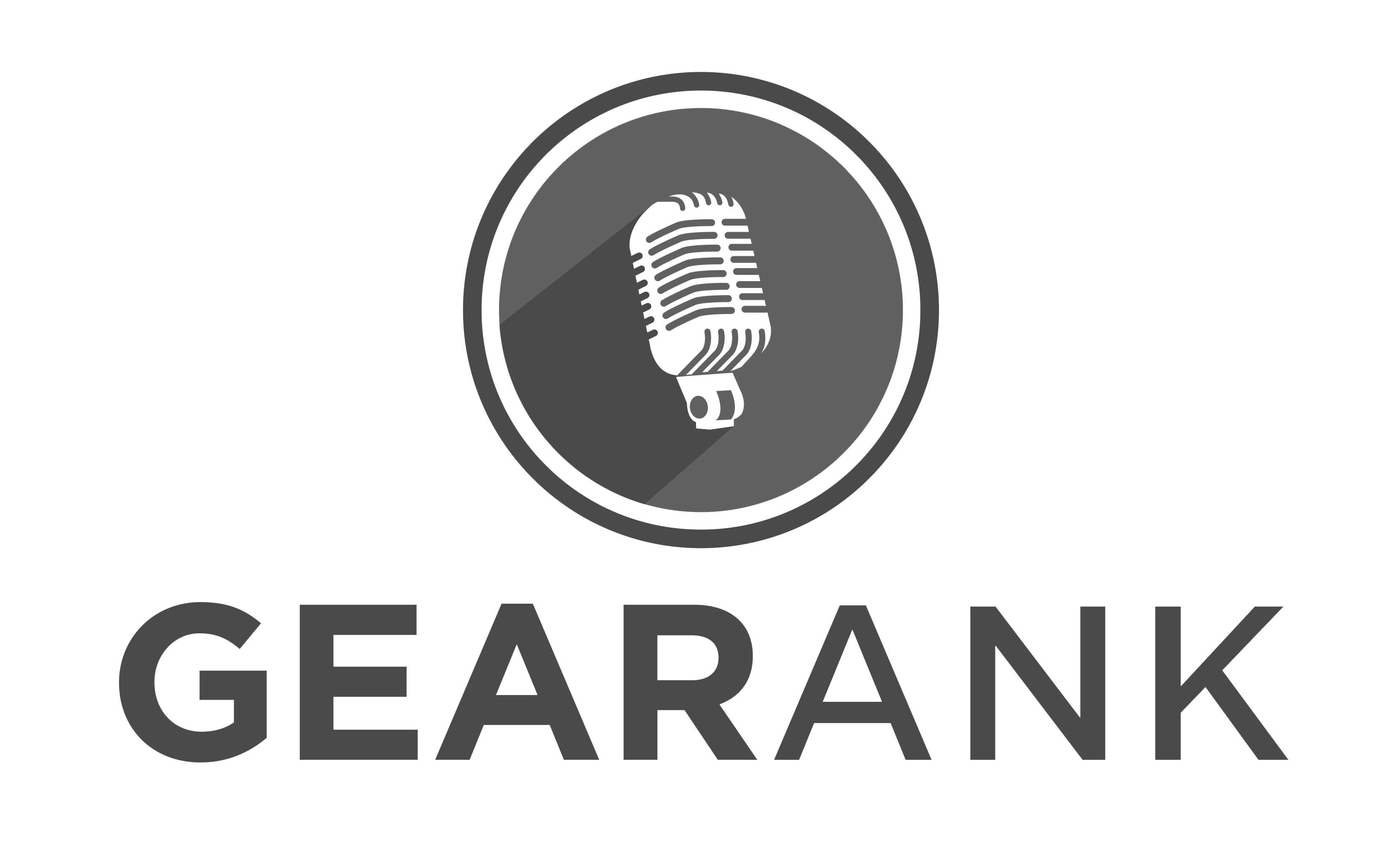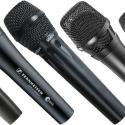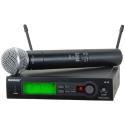Here’s what I found when I processed over 1,500 customer and expert reviews of the XM8500.
The Behringer XM8500 is primarily designed for live vocals, however you will also find it being used on drums and other instruments and also for recording in home studios.
The thing that owners of the XM8500 most often cite positively is that this is an excellent microphone for the price given that it usually sells for only $20.
The most common negative sentiments were that it’s not as durable as more expensive mics like the Shure SM58 and some didn’t like the fact that it doesn’t have an on/off switch.
Expert reviewers tend to say they use this as a back-up mic or a second mic, but many bands do use it live as a primary mic because you can buy 5 of these for the price of a single SM58.
| Key Behringer XM8500 Features | |
|---|---|
| Type | Dynamic |
| Polar Pattern | Cardioid |
| Connection | XLR |
| Impedance | 150 ohms |
| Frequency Response | 50Hz – 15kHz |

One reviewer said he conducted a blind test by getting 3 vocalists to use it and an SM58 through a PA – he said the result was that all three singers preferred the XM8500 to the SM58 – you can read his review here.
Many people who bought it also quite liked the solid carry case it comes with. Overall the Behringer XM8500 is rated as the best budget dynamic microphone when used for live vocals through a PA system.
If you’re on a tight budget then this mic will do the job until you can afford more expensive options.
Here is another MetaReview of the Behringer Ultravoice XM8500.
The Behringer Ultravoice XM8500 is a handheld vocal mic that’s meant to handle the rigors of the road. There’s nothing fancy about it in terms of features, but it continues to be popular because of its quality to cost ratio. Being a dynamic mic, it can handle live vocals really well, especially with its frequency response of 50Hz to 15kHz that has a slight emphasis on the midrange which many vocalists prefer. And thanks to its cardioid polar pattern and two-stage internal pop filter, the XM8500 can handle loud rock style vocals, and even loud sound sources like guitar amplifiers.
Pros
Value for money and dependability are two of the Behringer Ultravoice XM8500’s most commended qualities. It is reported to work well in various settings, from small venue sound reinforcement to home recording. And while it is mostly employed for vocals, there are many who are just as impressed with how it works with amplified instruments.
Cons
There are some who complained about the lack of on-off switch, but on the other hand, there are sound technicians who are thankful that it doesn’t have a switch (this prevents the mic from being accidentally turned off during performance). There are a few who wanted more bass response from the mic, but noted that they were able to get them with some EQ adjustments.
Overall
With its good balance of quality, reliability and value for money, the Behringer XM8500 is highly recommended.
From “Best Microphone Under 50 Dollars – USB and XLR – 2023”
I rarely encounter cheap gear that I could recommend without hesitation. Oftentimes, cheap gear tends to have major flaws in some aspects that keep me from bonding with it. As a result, I don’t recommend them to people who ask me.
But the Behringer XM8500 is one that I usually recommend to people starting out. And I do so because of how good it is at this price point. For context, many mics at this price are no-name mics that little more than barely functional toys. Other mics at this price point are poorly made copies of big-name brands.
The XM8500 is a deceptively good-sounding microphone for the price. This is the reason why it stands out in this price range. It’s not a Shure, but it sounds good enough that I’ve had clients send in recordings with it that are actually workable. The recorded sound of the XM8500 plays well with processing and survives pitch correction procedures without sounding too artificial.
It has more of a V-shaped EQ curve compared to pricier microphones, but it’s slightly brittle sounding. It’s just at that threshold of sounding good to the layman’s ear and working in a mix context.
One of the biggest cons is handling noise rejection. The enclosure doesn’t seem to be isolated from the capsule well enough, so it has more handling noise than usual. It also does a bad job at plosive rejection.
Handheld mics are usually used for the stage. Unfortunately, the bad handling noise and plosive rejection make it a bad choice for the stage. What it’s surprisingly good at are studio recordings: singing/voice-overs, podcasts/streaming, instruments like electric guitar, and other recording duties that do not require it to be handled. It can also be a decent DJ microphone that can be had for cheap.
All in all, I recommend the Behringer XM8500 more for the frugal studio engineer or beginning VA/Podcaster that wants a decent mic on a budget. It’s not the best, but I’ve worked with and gotten great results from recordings done with it to recommend it to people starting out. There are definitely better options out there for the stage and studio, but the XM8500 is a great place to start until you’re able to upgrade.
| Website | Source | *Rating Value |
| Youtube | Bandrew Scott | 84/100 |









Interested in purchasing stated microphone. ASAP.
You can buy it at Amazon.